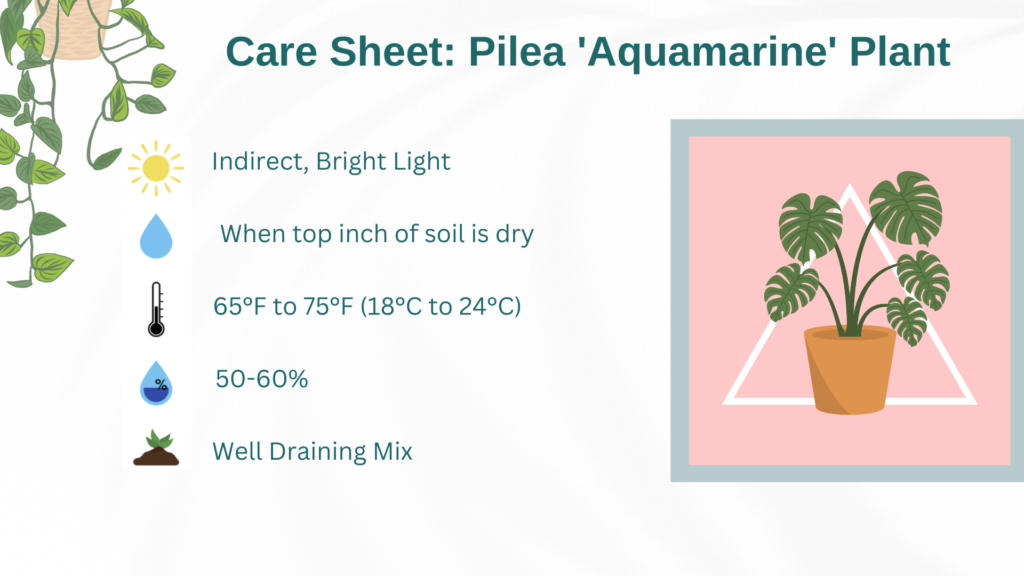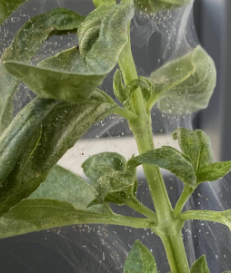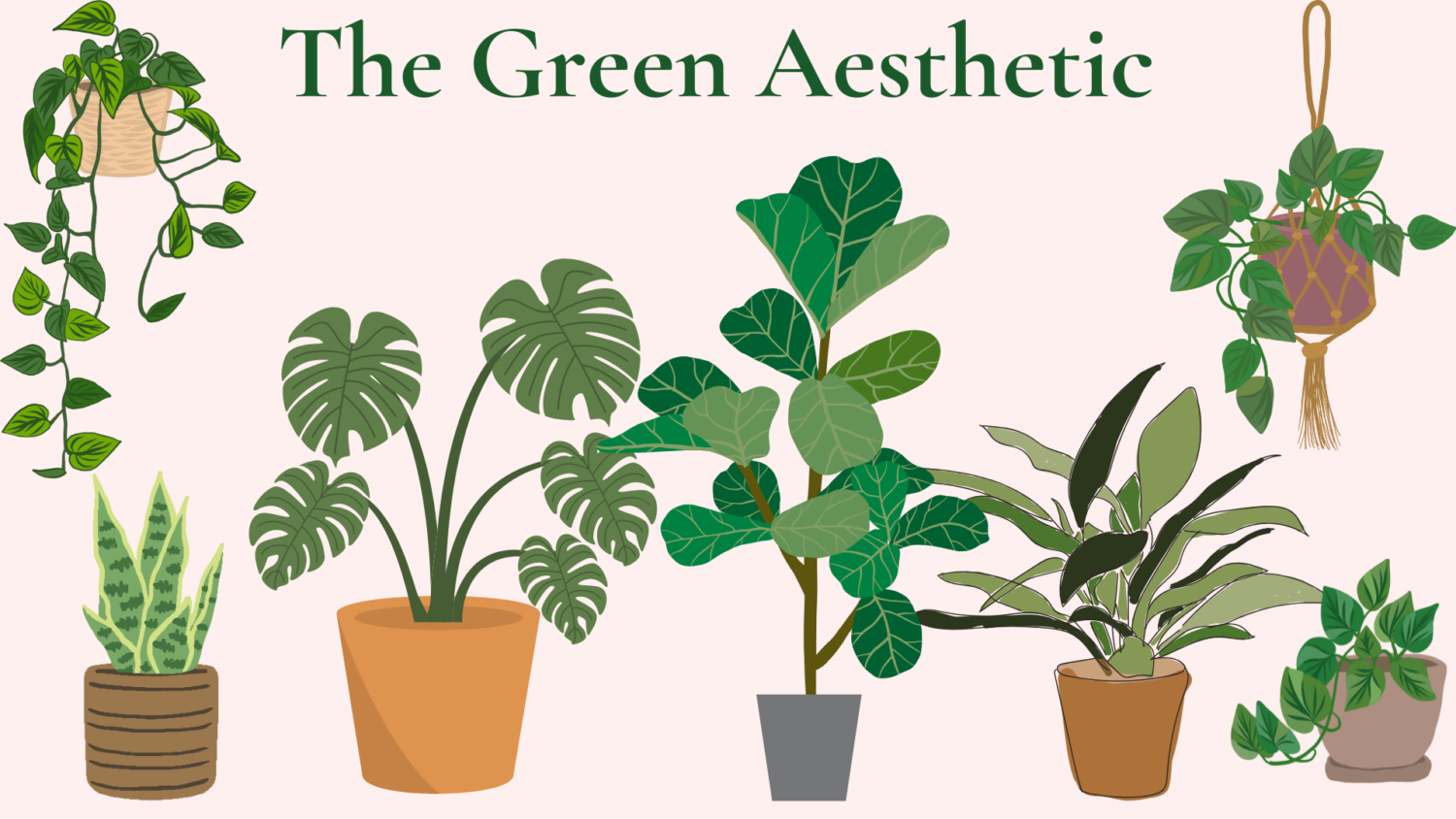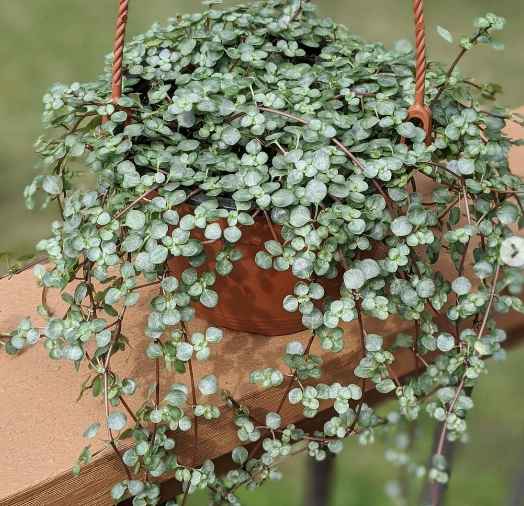Are you looking to add a stunning, low-maintenance plant to your indoor garden? The Pilea glauca ‘Aquamarine’, also known as the Silver Sparkle Pilea, is a fantastic choice for plant enthusiasts, from beginners to seasoned gardeners.
Native to South America, this tropical beauty is part of the Pilea family and a popular variation of the Pilea peperomioides (Chinese money plant). With its delicate, silvery foliage and unique appearance, the Pilea ‘Aquamarine’ is the perfect addition to any indoor plant collection.
In this guide, I’ll walk you through everything you need to know to keep your Pilea ‘Aquamarine’ thriving, including light, water, humidity, soil, and more. Plus, I’ll share tips for dealing with common issues like yellow leaves and drooping, and how to propagate your own Pilea ‘Aquamarine’ through stem cuttings.
Size
Pilea Aquamarine has a relatively small size, typically growing to around 6 to 12 inches (15 to 30 cm) in height, making it perfect for small spaces or as an indoor plant. Its compact size makes it ideal for placement in small pots, hanging baskets, or decorative planters.
In addition to its height, Pilea glauca ‘Aquamarine’ tends to spread a bit in terms of width, creating a fuller, bushier appearance as it matures. This growth habit, combined with its attractive silvery-blue leaves, makes it a popular choice for both novice and experienced plant enthusiasts who appreciate low-maintenance, eye-catching plants.
Care

Light
Like many tropical plants, the Pilea ‘Aquamarine’ thrives in bright indirect light. A perfect spot for this plant is an east-facing window, where it can enjoy the soft morning sunlight without being exposed to the harsh midday rays. If you place it in direct sunlight, the delicate leaves can scorch and show signs of distress.
While it can tolerate medium light or low light conditions, the plant will grow more slowly and may become leggy over time. It’s important to monitor the light exposure to ensure your Pilea gets the right amount of light for healthy growth and new leaves.
If you’re growing your Pilea ‘Aquamarine’ in a room with little light, you might want to supplement it with artificial light to mimic its ideal environment. If you’re using grow lights, make sure to choose the right spectrum for optimal plant growth.
Watering
One of the most important factors in keeping your Pilea ‘Aquamarine’ healthy is maintaining proper watering. This plant doesn’t like to sit in moist soil, so it’s essential to use a pot with drainage holes to prevent root rot. Allow the top inch of soil to dry out before watering again. Wet soil is the most likely cause of yellow leaves, root rot, and sad-looking houseplants.
During the summer months, you may need to water a little more frequently due to the warmer temperatures and faster evaporation. In contrast, during the winter months, little water is needed as the plant’s growth slows down.
It’s also a good idea to use distilled water or rainwater to avoid the build-up of salts and minerals in the soil. Always ensure that excess water can escape freely to avoid waterlogging, which can cause a variety of plant health issues.
Temperature
The ideal temperature for the Pilea ‘Aquamarine’ ranges from 65°F to 75°F (18°C to 24°C). This tropical plant enjoys warm temperatures and will struggle to thrive in very arid climates or environments with cold drafts. If temperatures drop below 50°F (10°C), the plant could experience signs of distress such as wilting or drooping.
Avoid placing your Pilea near air conditioners, heaters, or areas with extreme temperature fluctuations. If you live in USDA hardiness zones below 10, it’s best to keep this plant as an indoor plant.
Humidity
Pilea ‘Aquamarine’ thrives in high humidity, usually around 50-60%. If your home tends to be on the dry side, especially during the winter months when heating systems are running, consider adding additional humidity. You can increase moisture in the air by using a humidity tray, placing a clear plastic bag over the plant to create a mini greenhouse effect, or using a humidifier.
If the air is too dry, you might notice the plant’s leaves becoming dry or crispy. Make sure to check the top half of the soil to ensure it’s not too dry as well.
Soil: Well-Drained and Moist
Pilea ‘Aquamarine’ prefers well-drained soil that is rich in organic matter. A good soil mix should include ingredients like perlite, coco coir, and peat moss to help with water retention while allowing for proper drainage. You can also add a handful of perlite to your potting mix to improve aeration and prevent waterlogging.
Always opt for a pot with proper drainage holes to avoid soggy soil and root rot. The ideal soil moisture should be moist, not wet, and the root system should be allowed to dry slightly between waterings.
Fertilizing
During the growing season (spring and summer), your Pilea ‘Aquamarine’ will appreciate regular store-bought fertilizer. You can use a balanced liquid fertilizer diluted to half strength to avoid nutrient deficiencies. Fertilizing once a month should be enough to keep your plant healthy.
In the winter months, reduce fertilizing since the plant’s growth slows down.
Potting: Choosing the Right Pot
When potting your Pilea ‘Aquamarine’, it’s essential to choose a larger pot if you notice the plant becoming root-bound. A pot that’s too small can stunt growth and cause stress. Always choose a pot with drainage holes to allow excess water to escape. A small pot is ideal when the plant is young, but as it grows, you may need to repot into a slightly larger container to accommodate the growing root system.
This plant is very versatile and does well in both hanging baskets and regular pots.
- Hanging Basket: The Pilea aquamarine’s trailing stems make it perfect for hanging baskets. In a hanging position, it will cascade down, showing off its delicate silver-green foliage. Hanging the plant also provides it with plenty of indirect light, which it prefers.
- In a Pot: If you choose to keep your Pilea aquamarine in a pot on the side, just make sure the pot has drainage holes to prevent water from collecting at the bottom. Pilea plants have shallow roots, so they do best in smaller pots, and you can easily place it on a shelf, windowsill, or table. A potting stand can help elevate the plant for better light exposure.
Both options can work well, depending on the space you have and the aesthetic you’re going for. If you like the cascading look, a hanging basket is a great choice!
Pruning: Keep Your Pilea Looking Its Best
Pruning is typically not necessary for Pilea ‘Aquamarine’, but removing dry leaves and spent stems will help keep the plant looking tidy and healthy. If you notice the plant becoming too leggy or sparse, you can trim back some stems to encourage new growth. Regular pruning can also help keep the plant in the ideal size for your space, whether it’s in a hanging basket or sitting in a larger pot.
Propagation: Grow More Pilea
One of the best parts about the Pilea ‘Aquamarine’ is how easy it is to propagate. You can propagate it from stem cuttings by snipping a healthy stem just below a leaf node and placing it in water. Once the roots form, you can transfer it into well-drained soil. Propagation is a great way to create more plants for your indoor collection or share with family members and friends.
Pests: Watch Out for Common Pests

Pilea ‘Aquamarine’ is relatively pest-resistant, but it can occasionally suffer from spider mites, especially if the plant is stressed due to low humidity or improper watering. Regularly inspect the leaves for any tiny webs or specks, and treat infestations with rubbing alcohol or an insecticidal soap.
Diseases: Preventing Issues Before They Start
The most common diseases in Pilea ‘Aquamarine’ are related to overwatering, which can lead to root rot and fungal issues. To avoid this, ensure that the soil is well-drained, and avoid leaving the plant sitting in water. If you notice yellow leaves, it could be a sign of either excess water or too little light.
Common Issues and Troubleshooting
- Yellow Leaves: This is often the result of overwatering or poor drainage. Be sure to allow the top half of the soil to dry out between waterings and ensure your pot has drainage holes.
- Drooping Leaves: If your Pilea is looking limp, it could be due to insufficient light, low humidity, or underwatering.
- Leggy Growth: If your plant isn’t producing many new leaves or its stems are stretching out, it may not be getting enough bright indirect light.
The Pilea ‘Aquamarine’ is a stunning and relatively low-maintenance tropical plant that makes a perfect addition to any home. By following these care guidelines, you’ll ensure your own plant thrives and adds a unique touch to your indoor plant collection. Don’t forget to check for signs of distress like yellow leaves or dry leaves, as these are often signs of environmental factors like improper watering, light, or humidity.
With the right care routines and attention to its needs, your Pilea ‘Aquamarine’ will reward you with lots of leaves, vibrant red stems, and that beautiful silver sparkle that makes this plant a showstopper.
Happy gardening, and don’t forget to share your new Pilea growth on TikTok – it’s sure to make a statement!

